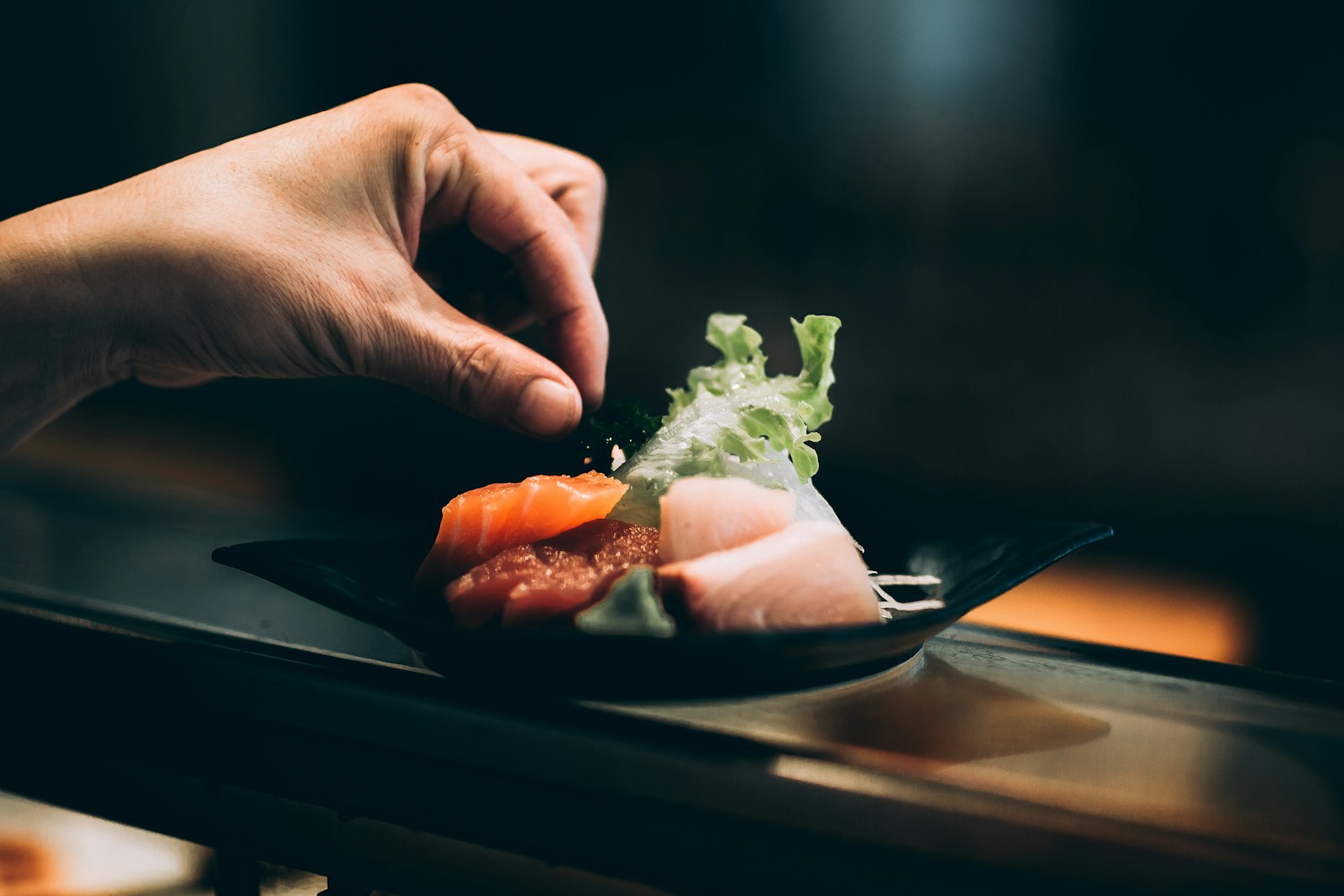The Fascinating History of Sushi in Japan
Sushi, a dish that has become synonymous with Japanese cuisine, has a rich and complex history that reflects the cultural evolution of Japan itself. From its humble beginnings as a method of preserving fish to its status as a global culinary phenomenon, sushi’s journey is as intriguing as the flavors it offers. This article explores the historical roots of sushi, its transformation over the centuries, and its significance in contemporary Japanese culture.

The Origins of Sushi
The history of sushi can be traced back to Southeast Asia, where a method known as narezushi was developed. This technique involved fermenting fish with rice to preserve it. The rice was not consumed but discarded after the fermentation process. This practice spread to Japan around the 8th century, where it evolved into a more refined culinary art. The earliest forms of sushi were primarily a means of preserving fish, allowing it to be stored for extended periods.
By the 15th century, sushi began to take on a new form known as sukiyaki, which involved the use of vinegar in the rice. This marked a significant shift in sushi’s preparation, as the rice became an integral part of the dish rather than just a means of preservation. The combination of vinegared rice and fresh fish laid the groundwork for what we now recognize as sushi.
The Edo Period and the Birth of Modern Sushi
The Edo period (1603-1868) was a pivotal time for sushi’s development. As Japan entered a period of relative peace and stability, urban centers like Edo (now Tokyo) flourished. The burgeoning population created a demand for quick, affordable meals, leading to the rise of nigiri sushi. This style featured hand-formed rice topped with slices of fresh fish, making it a convenient option for busy city dwellers.
Street vendors began selling nigiri sushi, and it quickly gained popularity among the masses. The use of fresh, high-quality ingredients became essential, and sushi chefs honed their skills to create visually appealing and delicious dishes. This era also saw the introduction of soy sauce, which enhanced the flavors of sushi and became a staple condiment.
Sushi in the Modern Era
As Japan opened up to the world in the late 19th century, sushi began to gain international recognition. The 20th century saw sushi’s popularity soar beyond Japan’s borders, particularly in the United States. The first sushi restaurant in the U.S. opened in Los Angeles in the 1960s, introducing Americans to this unique culinary experience. The California roll, a sushi variant that includes avocado and crab, emerged during this time, catering to Western tastes and preferences.
Today, sushi is enjoyed globally, with countless variations and adaptations. While traditional sushi remains a staple in Japan, modern interpretations have emerged, incorporating diverse ingredients and flavors. Sushi bars and restaurants can be found in cities around the world, showcasing the dish’s versatility and appeal.
Cultural Significance of Sushi
Sushi is more than just a meal; it is a cultural symbol of Japan. The meticulous preparation and presentation of sushi reflect the Japanese values of craftsmanship and attention to detail. Sushi chefs, known as itamae, undergo years of training to master their craft, emphasizing the importance of skill and tradition in Japanese cuisine.
Moreover, sushi is often associated with special occasions and celebrations in Japan. It is commonly served at weddings, birthdays, and festivals, symbolizing prosperity and good fortune. The art of sushi-making is also celebrated through various culinary competitions and events, highlighting its significance in Japanese culture.
Conclusion
The history of sushi is a testament to Japan’s rich culinary heritage and its ability to adapt and evolve over time. From its origins as a preservation method to its status as a beloved global dish, sushi embodies the spirit of Japanese culture. As we continue to enjoy sushi in its many forms, it is essential to appreciate the history and tradition that have shaped this remarkable cuisine.
Sushi’s journey is far from over, and as it continues to evolve, it will undoubtedly remain a cherished part of both Japanese and global culinary landscapes.
Leave a Reply